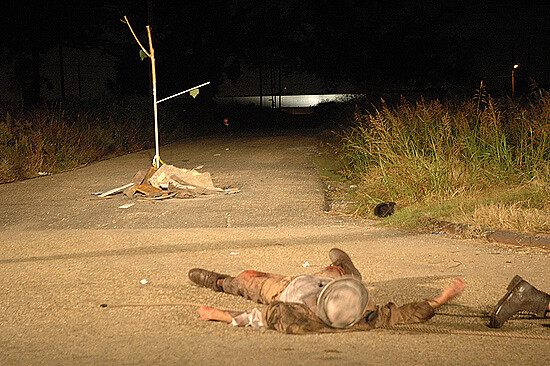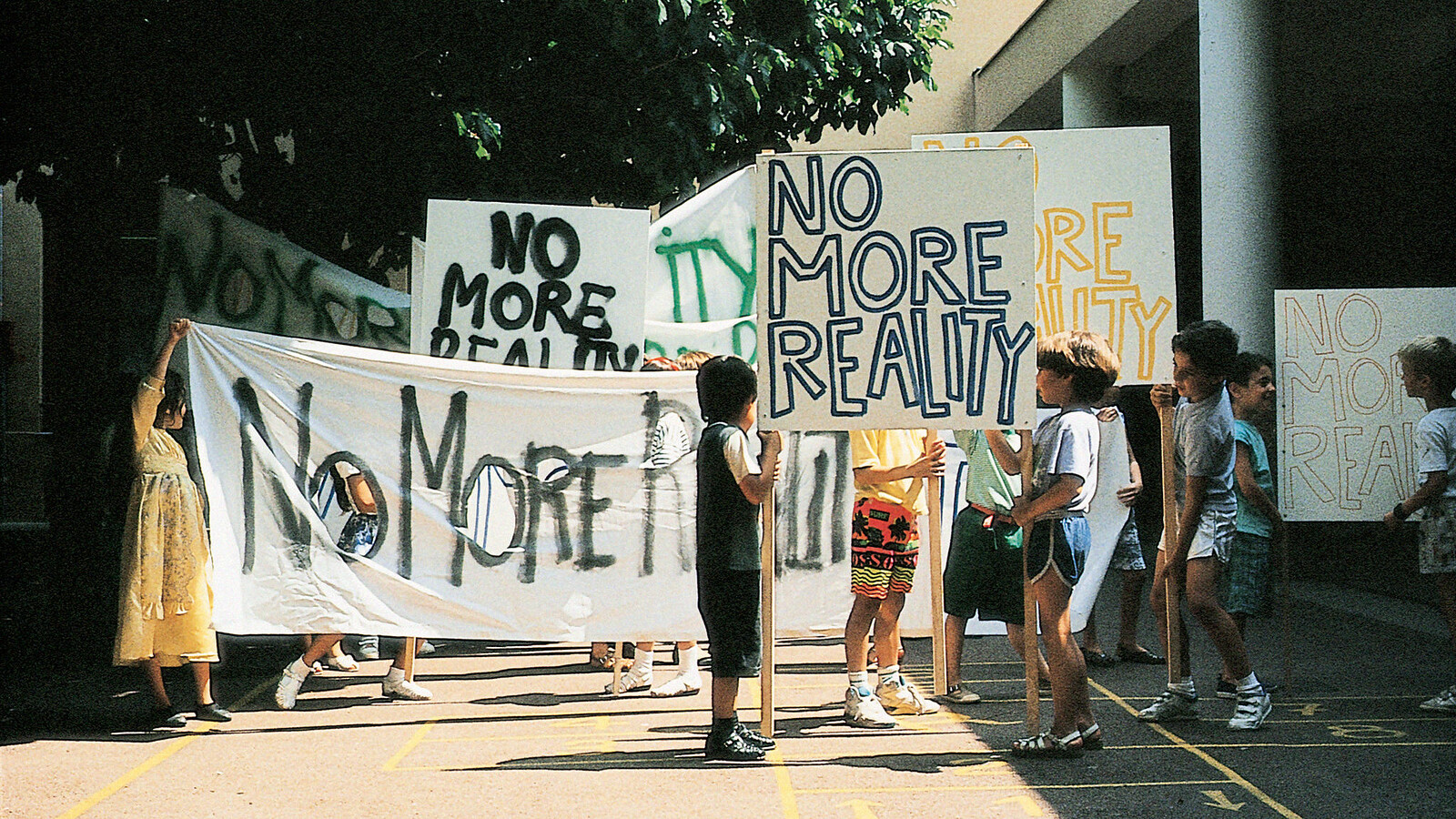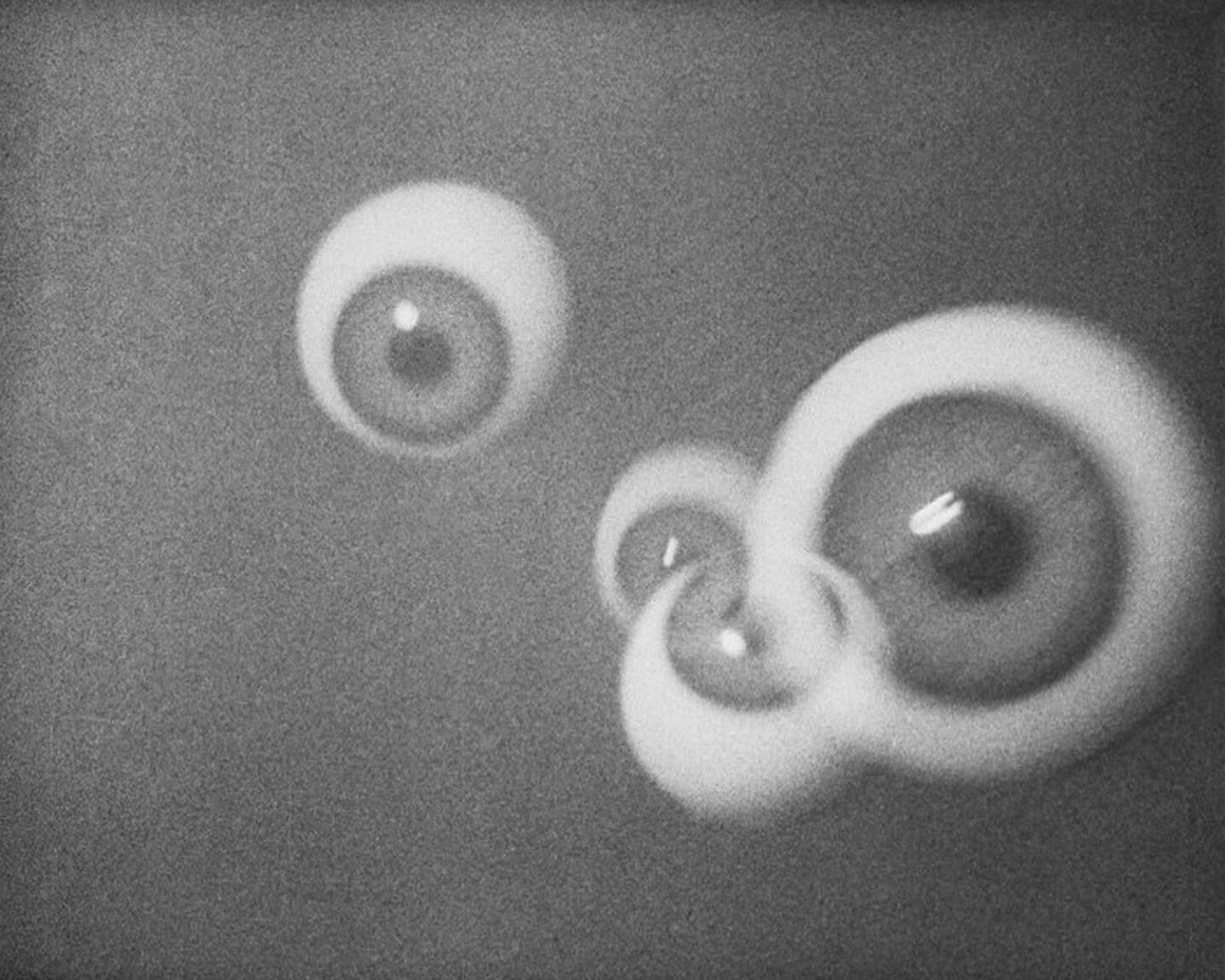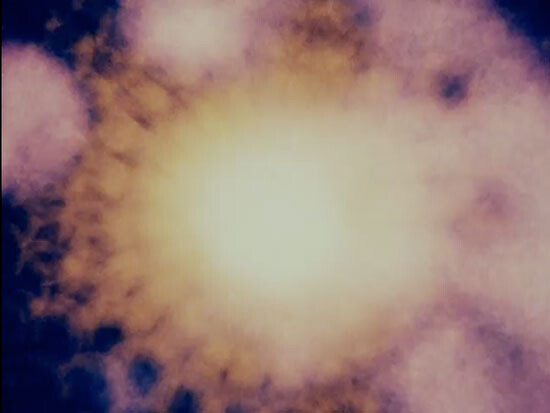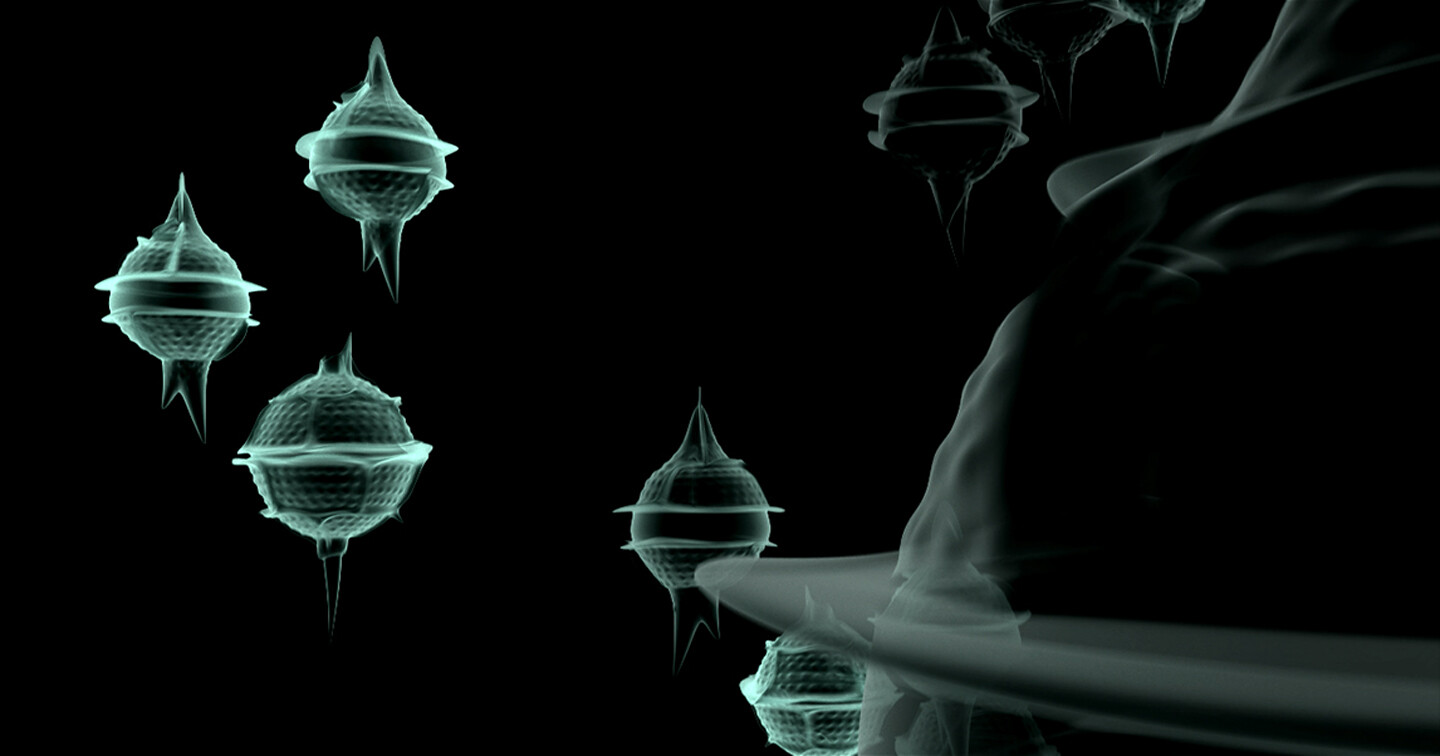Dispersal

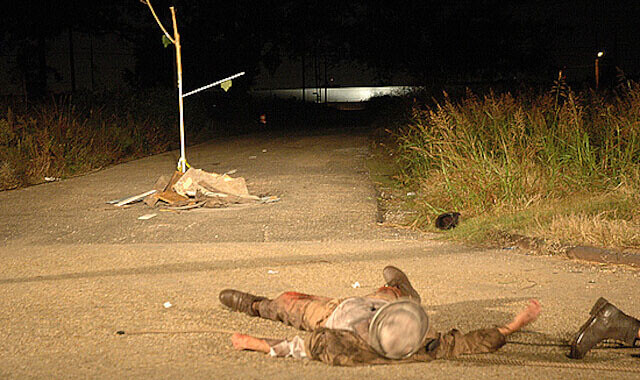
Modeling the catalyst of an event (the pandemic, e-flux journal’s call for readers) and its subsequent—diffuse, diverse, anticipated, and unforeseen—consequences on subjects both isolated and in communion, we invited interested artists to respond to the articles “Is It Love?” by Brian Kuan Wood (selected by BRD) and “The Unthinkable Community” by Paul Chan (selected by Hannah Varamini) as points of departure for selections of their own. Christina Valentine, Babsi Loisch, Fiona Yun-Jui Chang, Hanieh Khatibi, Elizabeth Preger, Rachel Kerwin, and Silvi Naçi enact Love’s Remedies’ principle of expansive and recursive connectivity through this game of relay and diffusion. The selections revolve around questions of agency, labor, commitment, and participation as artists operating in a dispersed mode of affiliation.
Environmental collapse, global civil war, nuclear proliferation, and epidemics of panic and depression are steps towards extinction. But this is not the end of the world, since abstraction has created a world of its own, subsuming social language and prescribing the social forms of interaction.


